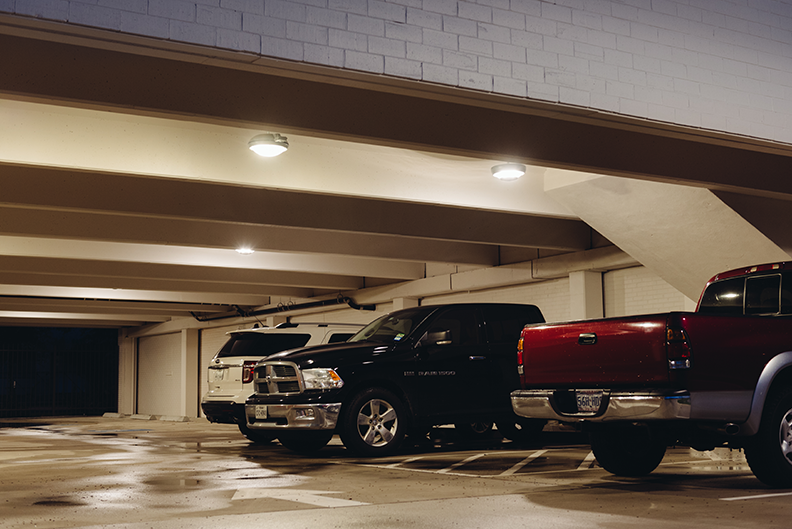The Right Way to ‘Value Engineer’ A Project

Few things can cause a more bitter debate between contractors and architects than value engineering. The practice of reviewing specifications to determine cost-effective ways to complete a project has its defenders and detractors, but one thing that is for sure is that value engineering is being used more and more.
Value engineering is supposed to add value to a project by either increasing functionality of solution for the same cost, or more commonly, reducing the price (perhaps at the cost of performance). Sadly, value engineering has a bad reputation as just a cost-cutting mechanism or as a way for unscrupulous contractors to line their pockets.
The way some contractors practice value engineering actually engineers the value out of the project. This happens when unethical contractors substitute cheap products and pockets the extra profits when the client is paying for the premium products specified. This can also happen for morally neutral reasons, such as the contractor not understanding the reasoning behind the specifications and substituting a product they think will work just as well but is deficient in some key area.
On the other hand, when done well, value engineering can improve project outcomes—e.g. by delivering the same performance for a lower cost. Ideally, value engineering should follow this formula:
Value = Function / Cost
The value is the specific work a product must accomplish, and cost includes upfront and lifecycle costs. Value is the most cost-effective way to achieve the functions the clients want in their project.
If a project needs value engineering to reign in costs, there are three best practices that ensure everyone makes out well:
1. Consult with the designer or architect
Talk with the specifier to see what they were trying to achieve when they wrote the specs. There are likely key considerations that can be preserved with a similar product but these may not be necessarily obvious on a one-manufacturer spec.
2. Good, Better, Best options
Give the building owner multiple options for value engineering and explain what savings and sacrifices will come with each option. Like clothes, value engineering isn’t a one-size-fits-all deal. For example, on a hotel project, maybe public spaces need premium lighting, but a less-than premium option would suffice inside the rooms.
3. Don’t skimp on quality
Try to substitute products based on their performance, rather than solely basing the decision on price. When contractors cut quality in the lighting, they burn bridges with the general contractor on the project and the end users. Low quality and knock-off products often 1) don’t meet safety standards, 2) have poor maintenance options, 3) are not IP-rated for water protection, and 4) the manufacturer may not even be in business next year to honor warrantees. Better to go with a reputable manufacturer.
Why do contractors value engineer in the first place? Dishonest motivations aside, there are several reasons why a contractor would want to (or be asked to) value engineer a project.
According to one study, electrical contractors cited “reducing cost to the owner” as the number one reason (78 percent) for making substitutions. This makes sense as construction projects are notorious for going overbudget. The number two reason was helping the owner by recommending “products that are more energy efficient” (57 percent).
Sometimes the specified item has too long of a delivery window for the project or it isn’t available at all (39 percent). With an eye toward reducing costly-callbacks, 26 percent say they substitute products because they are more comfortable with alternate suppliers. Finally, 22 percent of contractors cite “poorly written specifications” as the impetus behind substitutions.
Value engineering can improve a project, especially when it comes to installing more energy-efficient lighting solutions to using products that will ship quickly to keep projects on schedule. Learn more about Amerlux’s Value Line of LED solutions. Designed with tight timeframes in mind, Value Line products ship in 10 days or less to quickly advance any new construction or retrofit project.

